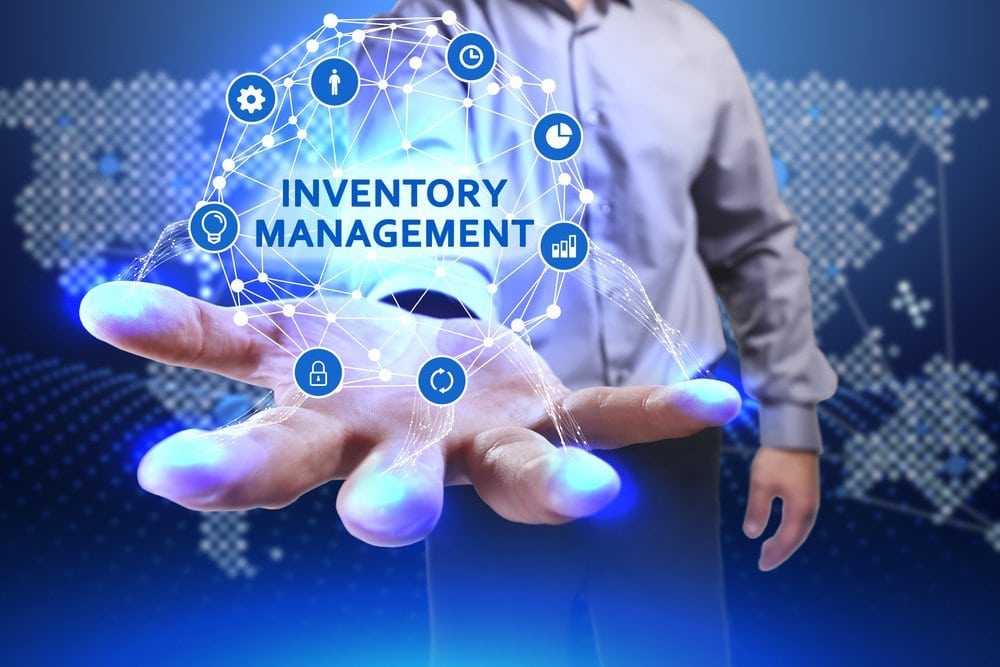The biggest problem that plagues businesses these days is the issue of maintaining obsolete and dead stock. And this problem is not only faced by struggling businesses but even successful businesses fail to maintain obsolete and dead stock.
But that’s not it. Obsolete inventory has a lot of hidden costs that a lot of businesses misjudge. These hidden costs are responsible for diminishing the profit margins of a lot of businesses and the business owners do not even realize this problem. But what are the hidden costs associated with obsolete and dead stock? Here is a concise list of these hidden costs that will help you better in understanding the true costs of obsolete inventory.
Insurance:
The capital invested in the stock is a direct expense but if you deal in physical products, then it is necessary to get your stock insured. The unsold excess inventory in the warehouse can be damaged due to various causes. It becomes inevitable to get this stock insured to save yourself from future losses. But this is a vicious cycle as the longer the inventory stays in your warehouse, the more insurance money you pay for its maintenance.
Storage and Rent :
The unsold stock is a financial burden on a business in multiple ways. The cost of maintaining the obsolete stock includes the rent for the warehouse or the storage costs. The rent prices are already skyrocketing in even smaller cities, so the cost of rent is the price you pay for not liquidating the excess inventory on time.
Handling Costs :
A business has to hire a team of warehouse labours who can look after handling, moving, shifting, counting and removing the stock in the warehouse. The more obsolete inventory you carry, the more handling costs you will have to pay. The handling costs can also diminish your profits as you will lose a lot of money to the salary of the warehouse personnel maintaining the dead stock.
Discounts :
Seasonal discounts and sales are alright. But when you have to run a discount every few months to clear out the overstock, then it will have a major negative impact on the profit margins of the business. It is always better to sell off the stock in the warehouse on time or you will have to rely on running discounts which will eventually diminish the profit margins of the company.
Selling Area Occupation :
A lot of businesses are desperate to sell obsolete and dead stock and thus, they commit major selling mistakes. The prime selling area in a store or outlet must be dedicated to the new and fresh arrivals or the best products. But a lot of businesses lose sales because the old inventory takes over the primary selling area in the store.
Selling excess inventory at the right time is very crucial in maintaining a good profit margin for the business. A business must find the best strategies to get the excess inventory or obsolete stock out of the warehouse without compromising with the profit margins.
Excess2sell is a B2B excess inventory liquidation platform. It provides the best services when it comes to liquidating excess stock from different kinds of industries. It is the best platform for liquidating excess inventory as Excess2sell finds bulk deals for your business without making any compromises with your profits.

















